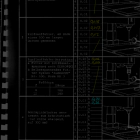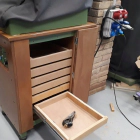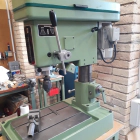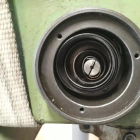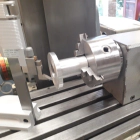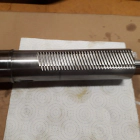In this post I show the result of carrying a sequence of tests to the rebuild Wörner drilling press to check its accuracy. I took an Aciera 10 drilling machine inspection chart as a reference. Both machines are of similar size and Aciera quality is second to none.
